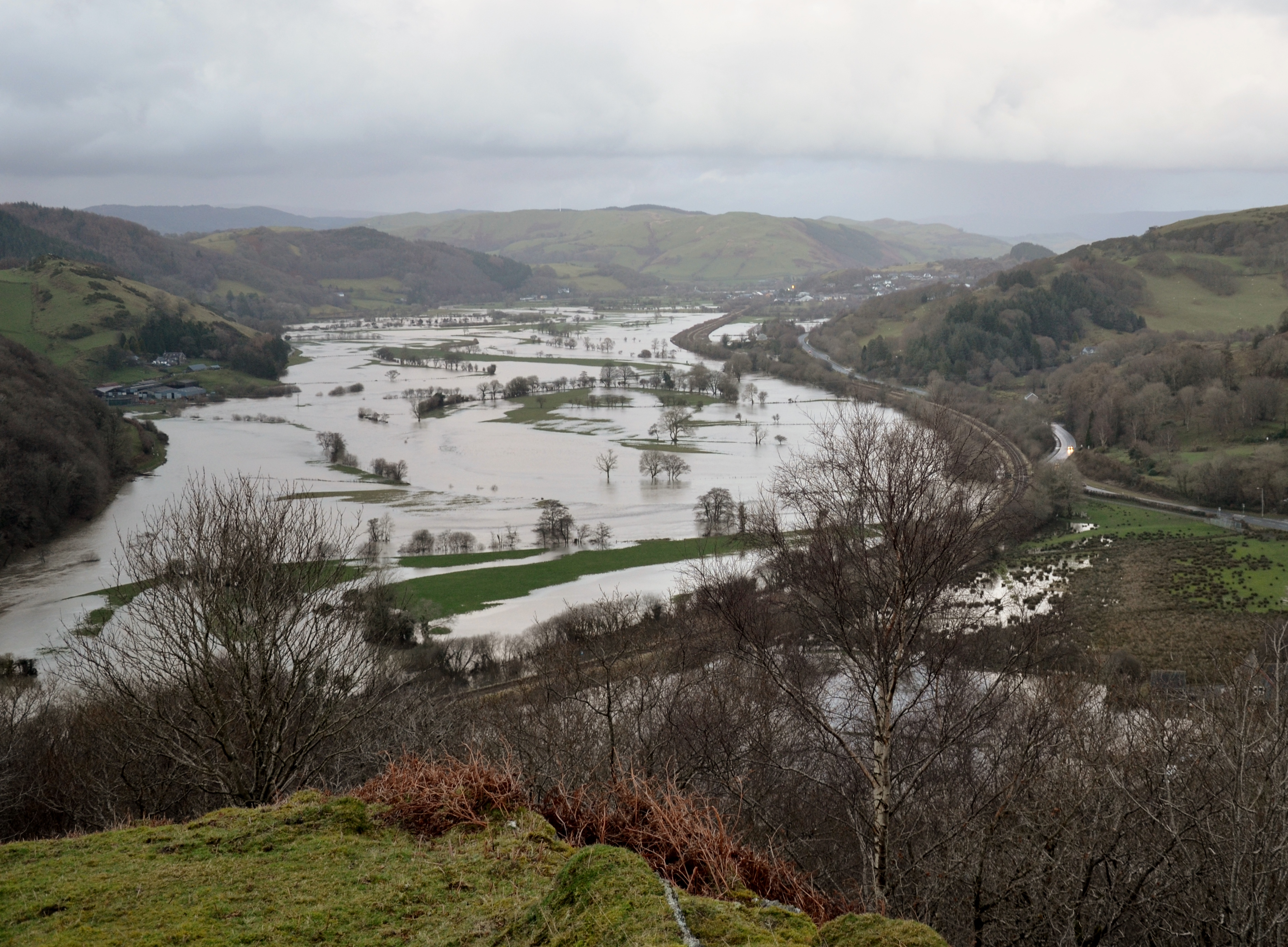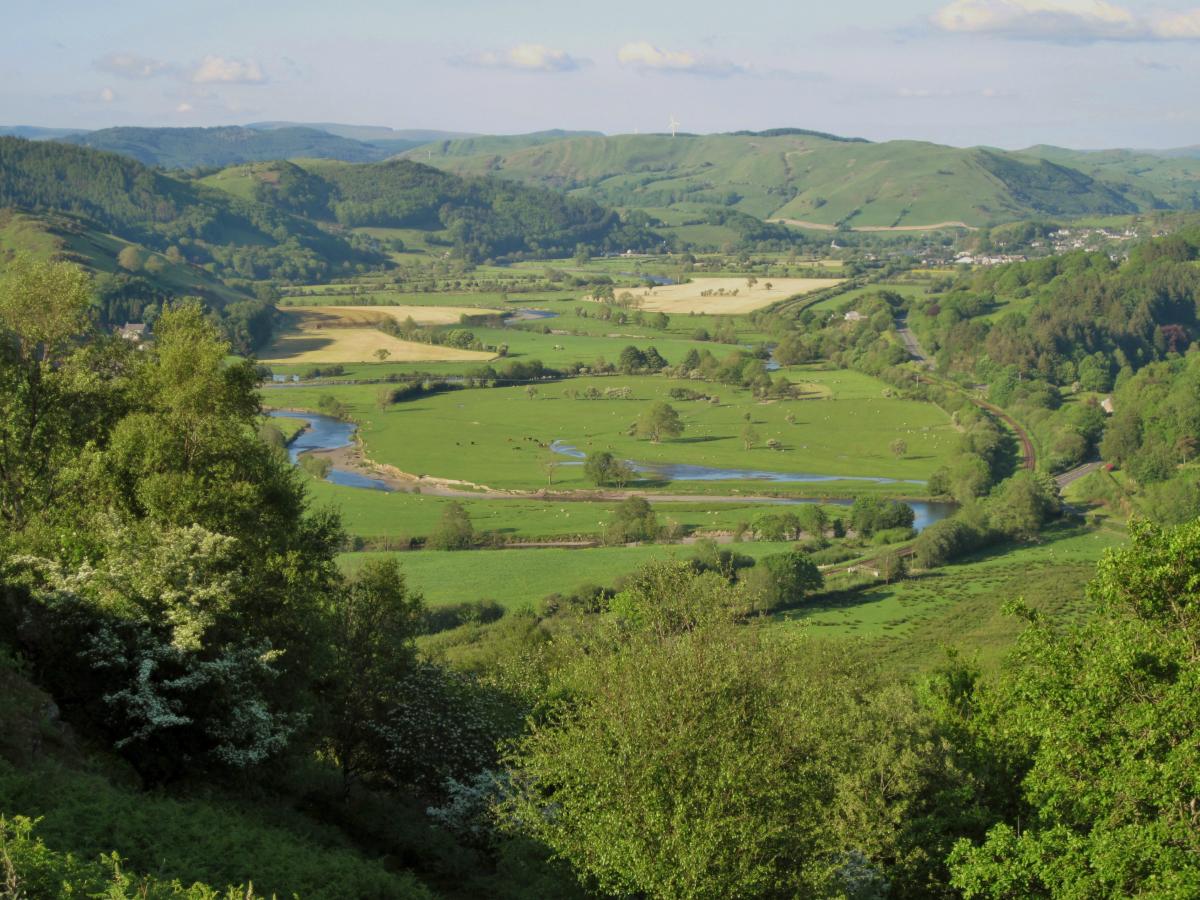Good floods and bad floods
Nigel Dudley, member of IUCN WCPA, brings to CBD COP14 stories that highlights the importance of protected areas and the services they provide.
When heavy rains coincide with a strong tide pushing up the estuary, the river near our house bursts its banks, spilling water across the floodplain. It happens a few times a year. We live in the Dyfi Biosphere Reserve in Wales, on the edge of the Snowdonia National Park, a cultural landscape of saltmarsh, woodland, rough pasture and mountains. Sheep graze the floodplain and farmers have learned the exact moment to remove them before a flood.
The floodplain is incredibly useful. If the river had levees to contain high water it would simply push the floods downstream. And if anyone had been unwise enough to build there the council would be facing huge flood protection bills. The floodplain is an ecosystem service from the protected area. But only a handful of people in the valley see it that way.
Which illustrates one of the challenges of promoting protected areas as natural solutions: or of any other nature-based solution come to that. Ecosystem services are such an integral part of peoples’ lives that they are taken for granted and only missed if they disappear. In the next river valley along the Welsh government built offices in a flood-prone area and struggle with expensive problems of flood damage. They discovered the value of the floodplain too late.
Most people get the idea of ecosystem services in principle but it is still uphill work to persuade governments and others to make the necessary policies and decisions. One thing that helps is if people see immediate economic returns. Not a theoretical, “what if” value, like potential returns from discovering new medicines that might be found in natural species; these are important but they seldom convince a government to halt a new road or coalmine. But concrete values right now, like jobs, tourism, drinking water, flood control and, increasingly, realisable values from carbon stocks all make sense even to people who are uninterested in biodiversity.
With support from the Convention on Biological Diversity, IUCN is putting together a set of case studies about economic benefits from protected areas, to be published in the CBD technical series, as a set of online briefings and as an e-pamphlet. Some findings are spectacular. I’ve just returned from Iceland, where there are serious discussions about creating a Central Mountains National Park covering almost half the country, because tourism is now by far the largest contributor to GDP. Traditionally doubtful groups like farmers and the energy sector recognise that visitors are critical to the survival of rural economies. Ecosystem services provide the most attractive arguments if they directly benefit local people. We have dozens of examples, large and small.
Economic values are not available from all protected areas; we must be careful to avoid giving the impression that a protected area should only be valued in money terms. But evidence of economic benefits has already saved many existing protected areas from degazettement or budget cuts. We need to spread the word, so please pass on any examples!





